The Life of Animals in Japanese Art
June 2 ― August 18, 2019
The National Gallery of Art, Washington D.C., USA
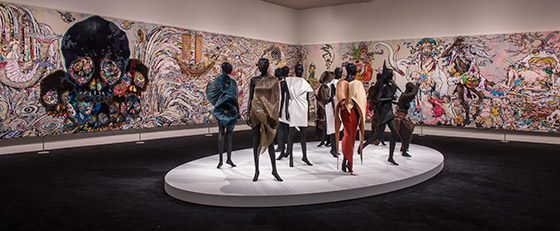
Art work on the wall: Takashi Murakami "In the Land of the Dead, Stepping on the Tail of a Rainbow"
© 2014 Takashi Murakami/Kaikai Kiki Co., Ltd. All Rights Reserved.
Photo by Rob Shelley courtesy The National Gallery of Art, Washington DC
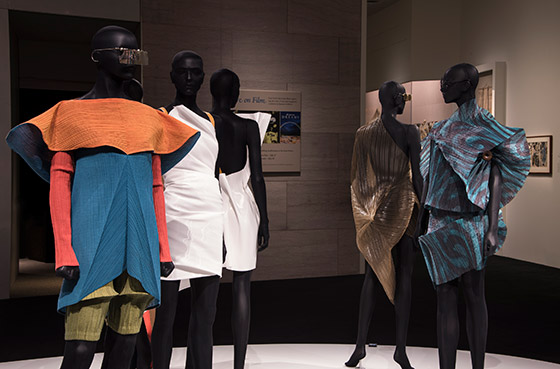
Photo by Rob Shelley courtesy The National Gallery of Art, Washington DC
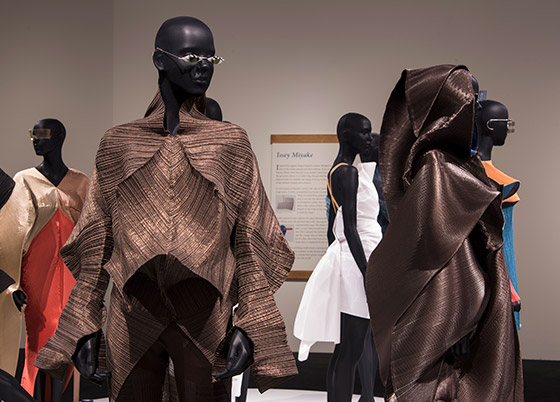
Photo by Rob Shelley courtesy The National Gallery of Art, Washington DC
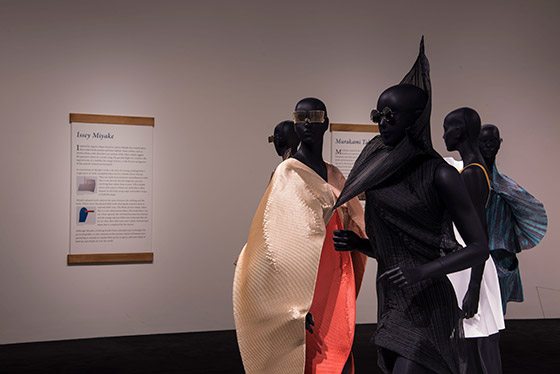
Photo by Rob Shelley courtesy The National Gallery of Art, Washington DC
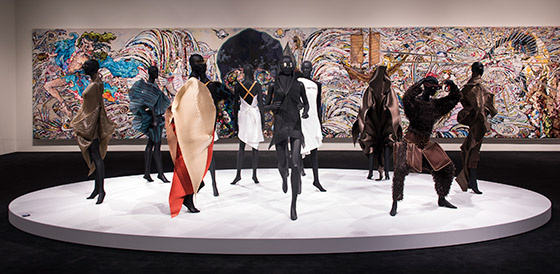
Art work on the wall: Takashi Murakami "In the Land of the Dead, Stepping on the Tail of a Rainbow"
© 2014 Takashi Murakami/Kaikai Kiki Co., Ltd. All Rights Reserved.
Photo by Rob Shelley courtesy The National Gallery of Art, Washington DC
Japan has always had a symbiotic relationship with animals visible as early as the Kofun Period. Animals are portrayed as friends, or possessors of supernatural powers that go far beyond anything of which humans are capable. This explains why they have always played an important role both in the formative arts and in literature. This exhibition is an opportunity to explore the various ways in which the Japanese have portrayed animals; and to understand the cultural and historic framework in which animals have been given such an important role in the arts.
The exhibition is divided into eight themes ─── Ancient Japan; The Japanese Zodiac; Religion: Buddhism, Zen, Shinto; Myth and Folklore; The World of the Samurai; Exotic Creatures and the Study of Nature; The Natural World: Creatures on Land, in the Air, and in Rivers and Seas; and The World of Leisure. Over 300 remarkable works of art from collections in Japan and the United States are on display spanning 17 centuries, from the fifth to the present and a wide variety of media and genres that include painting, sculpture, lacquer work, ceramics, metalwork, cloisonné, woodblock prints, textiles and photographs. Roughly 170 of the works on view rarely travel outside Japan, including seven Important Cultural Properties.
The exhibition, installed in the Gallery’s East Building designed by the late architect Ieoh Ming Pei, spans 1,600 square meters of floor space. The last room features 11 works by Issey Miyake and represents a part of the designer’s relationship to the organic forms and creatures found in nature. The pieces on display include a cicada, a monkey, a swallow, a starfish, as well as three "Colombes” (doves).
The exhibition is co-organized by the Japan Foundation, the National Gallery of Art and the Los Angeles County Museum of Art. After its run at the National Gallery of Art, it will travel on to the Los Angeles County Museum of Art (September 22 to December 8, 2019).
Items by ISSEY MIYAKE on display:
11 items (three “Colombe” will travel on to the Los Angeles County Museum of Art)
“Cicada Pleats” ISSEY MIYAKE 1989SS (1988)
“Bird Pleats” ISSEY MIYAKE 1989SS (1988)
“Crow Pleats” ISSEY MIYAKE 1989AW (1989)
“Flower Pleats” ISSEY MIYAKE 1990SS (1989)
“Blade of Grass Pleats” ISSEY MIYAKE 1990SS (1989)
“Monkey Pleats” ISSEY MIYAKE 1991SS (1990)
“Swallow Pleats” ISSEY MIYAKE 1999AW (1999)
“Starfish” ISSEY MIYAKE 1999AW (1990)
“Colombe” ISSEY MIYAKE 1991SS (1990)
Related Links
National Gallery of Art
The Japan Foundation
Los Angeles County Museum of Art

